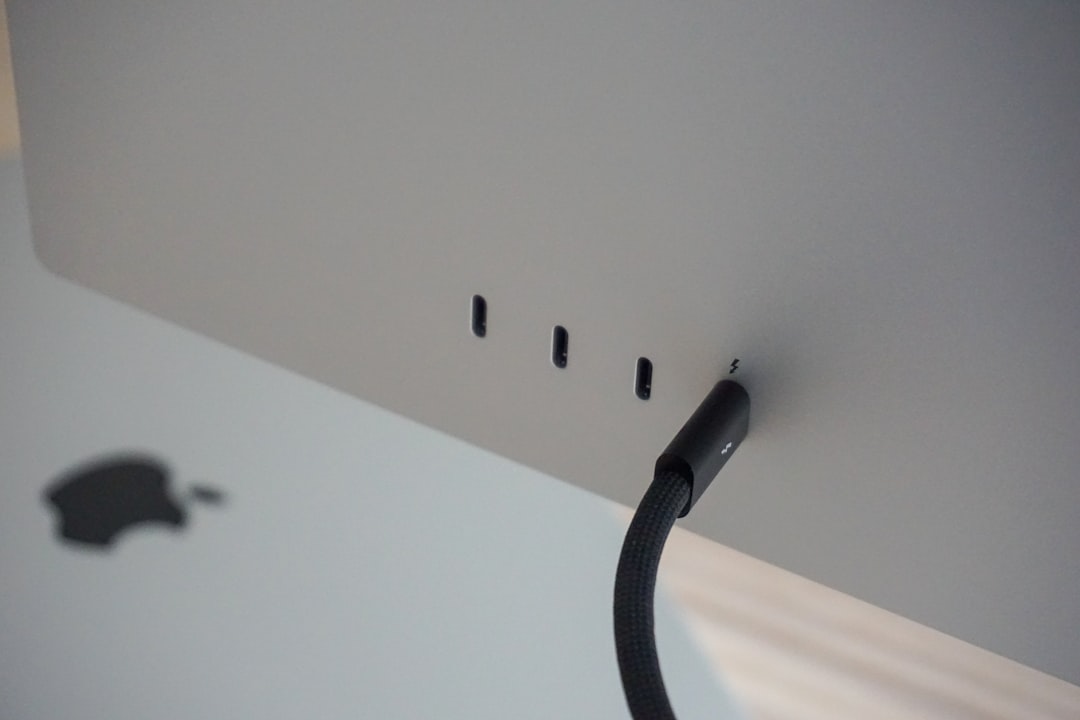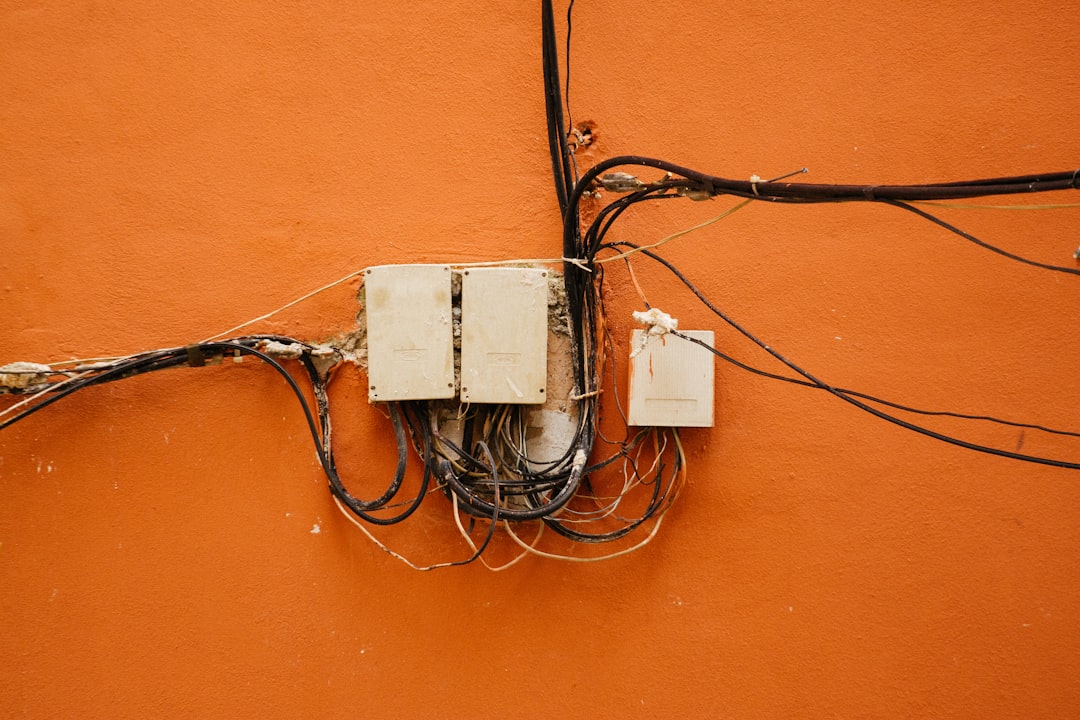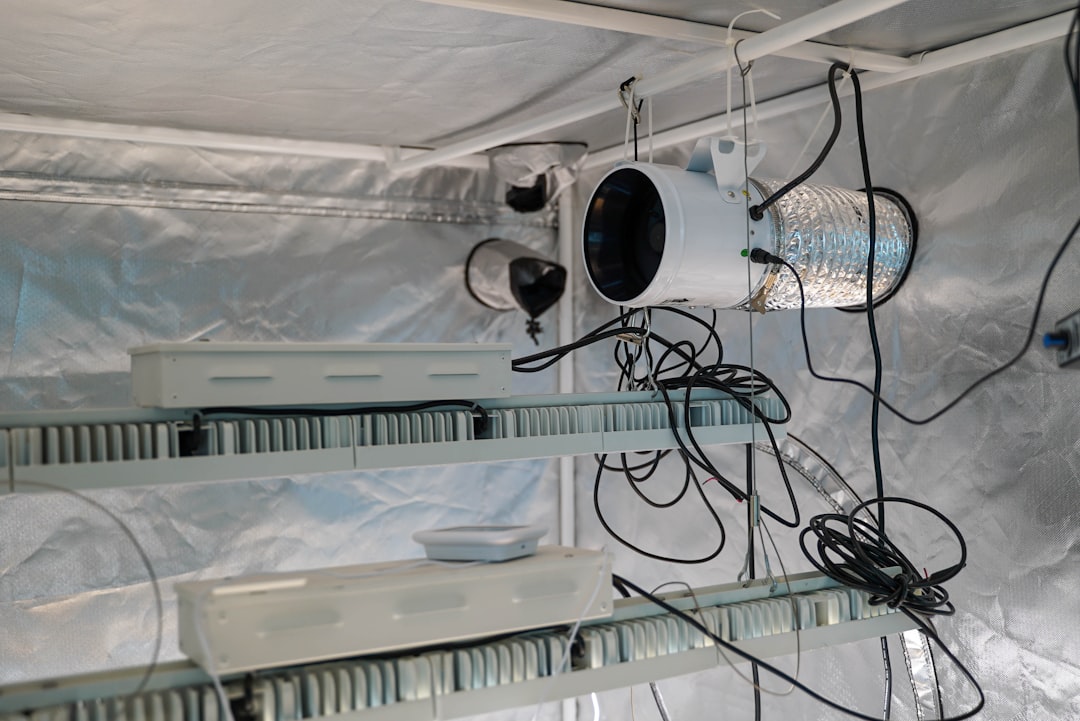There’s nothing more frustrating than settling in for a movie night, only to discover your Hisense TV won’t turn on. Whether it’s a blank screen, a blinking red light, or zero response at all, power issues with televisions can quickly turn into a confusing ordeal. Fortunately, most power issues with Hisense TVs can be traced to a few manageable causes—and better yet, many of them have simple solutions.
Common Causes Why a Hisense TV Won’t Turn On
Several factors could prevent a Hisense TV from powering up. Identifying the root cause is the first step toward fixing the problem. Here are the most frequent perpetrators:
- Power Supply Issues
- Remote Control Malfunction
- Internal Hardware Failures
- Firmware Glitches
- Loose or Damaged Cables
1. Power Supply Issues
Perhaps the most common reason your Hisense TV won’t turn on is a problem with the power supply. That could mean the power cord is damaged, the outlet is faulty, or there’s a problem with the internal power board within the TV. If the TV is completely unresponsive—with no indicator light or sound—then it is very likely an issue with power delivery.

2. Remote Control Problems
Sometimes, the issue doesn’t lie with the TV at all but with the device used to power it on. Faulty batteries, debris in the remote, or even failed IR sensor lines could stop the TV from receiving the signal to turn on. Always try using the manual power button located on the TV itself to rule out the remote as the problem.
3. Internal Hardware Failures
If internal components like the mainboard or power board have been damaged, the TV might not show any signs of life. These are more serious issues that may require expert repair or even replacement.
4. Firmware or Software Glitches
Smart TVs like Hisense models run on internal software systems, and just like any computer, they can crash or freeze. If your TV turns on sporadically or won’t fully boot up, a software glitch might be to blame.
5. Loose or Damaged Cables
Check all the connections. Ensure no HDMI or power cords are loose or damaged. Something as simple as a dislodged plug can render the entire system nonfunctional.
Effective Solutions to Fix a Hisense TV That Won’t Turn On
Now that we’ve looked into the causes, let’s explore some practical steps to fix the issue. Here’s a comprehensive troubleshooting guide:
Step 1: Perform a Power Reset
A power reset or “power cycle” can solve many temporary glitches.
- Unplug the TV from the wall outlet.
- Wait 60 seconds.
- Hold the TV’s power button (not the remote) for 30 seconds.
- Plug the TV back in and try turning it on again.
This method discharges residual electricity and can reset the internal circuitry, resolving issues caused by momentary malfunctions.
Step 2: Check the Power Source
Try plugging another device into the power outlet to ensure it’s working. If the outlet is dead, change to a different one. Also, inspect the power strip or surge protector you’re using, if any.
Step 3: Inspect the Power Cord
Closely examine the power cable for signs of wear, fraying, or burns. Power cords can become damaged over time and may need to be replaced. Always use an original replacement to ensure compatibility and safety.

Step 4: Try a Different Remote or Manual Button
Change the batteries in your remote and use it within 10 feet of the TV to confirm it’s sending a signal. If that doesn’t work, try the manual power button on the TV if available. If the TV responds to the manual button, the remote is likely the issue.
Step 5: Observe the Standby Light
The LED indicator at the front of your Hisense TV can give clues:
- No light: No power is coming in. Check outlet and power cord.
- Red light on but not blinking: TV is in standby mode. Try turning it on using both the remote and the physical button.
- Blinking red light: Indicates an internal error. Likely hardware or software related.
Step 6: Update or Reset Firmware (If Possible)
If the TV powers on occasionally or gets stuck on a logo screen, it might be a software glitch. Try these steps:
- Turn on the TV.
- Go to Settings > System > About or System Update.
- Install any available updates.
If you can’t access the menu to do this, a factory reset via the reset button (usually a small pinhole on the back of the TV) may be necessary. Hold for 15 seconds using a paperclip while powered on.
Step 7: Professional Repair
If none of the above steps work, your Hisense TV might have a blown internal component. In this case, contact Hisense support or take the TV to a certified repair technician. If it’s under warranty, you might be eligible for a free repair or replacement.
Preventive Maintenance Tips
To prevent future issues with your Hisense TV:
- Avoid frequent plugging and unplugging.
- Use a high-quality surge protector.
- Keep the TV away from moisture and high heat.
- Update firmware regularly.
- Clean the TV vents to prevent overheating.

When to Replace Instead of Repair
If your TV is out of warranty and the cost of repair comes close to a new model, it may be wise to upgrade instead. Screen replacements and motherboard repairs can sometimes exceed the value of the device itself. When facing flickering screens, persistent blackouts, or repeated software failures, replacing the unit may offer more value and peace of mind.
Frequently Asked Questions (FAQ)
- Why is the red light on my Hisense TV blinking?
- A blinking red light typically signals a hardware failure or internal error. It could be related to the power board, mainboard, or firmware crash.
- Can I reset my Hisense TV if it won’t turn on?
- Yes, you can try a hard reset by unplugging the TV, holding the power button on the unit for 30 seconds, then plugging it back in.
- Does a power surge affect my Hisense TV?
- Yes, power surges can damage internal components of the TV. Using a quality surge protector can help prevent such damage.
- How do I know if my Hisense TV’s remote is faulty?
- Test the remote with another Hisense TV or use a smartphone camera to see if the IR emitter blinks when you press a button. No light likely indicates a faulty remote.
- Is it expensive to repair a Hisense TV?
- Repair costs vary. Minor issues like power board replacements may be affordable, but screen or mainboard repairs can be costly. Always compare with the cost of a new unit.
If your Hisense TV won’t turn on, don’t panic. By systematically troubleshooting each component—from the power cord to the firmware—you can often diagnose and resolve the issue without professional assistance. And even if repair becomes necessary, understanding the cause empowers you to make a well-informed decision.
